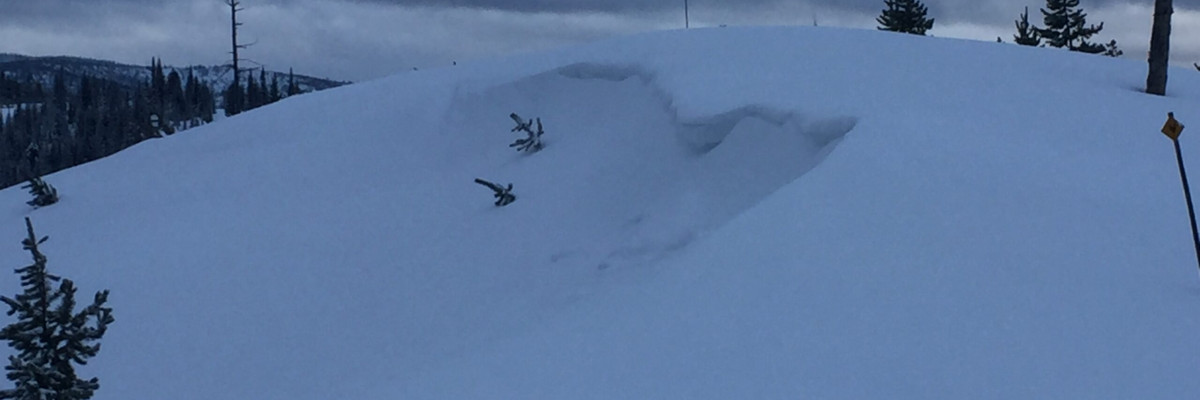The avalanche warning has expired, but a High avalanche danger remains on wind loaded terrain. On all other terrain across the West Central Montana backcountry, the avalanche danger is Considerable. Strong winds and significant snow have created sensitive wind slabs that will make avalanches likely on all wind loaded terrain. Careful snowpack evaluation, cautious route-finding, and conservative decision-making are essential for travel in the backcountry today.
Good morning, this is Logan King with the West Central Montana Avalanche Center’s avalanche advisory for Monday, February 19th, 2018. This danger rating does not apply to operating ski areas, expires at midnight tonight and is the sole responsibility of the U.S. Forest Service.
Weather and Snowpack
Snowfall has slowed across the advisory area. Overnight an additional inch or two of snow has accumulated. Temperatures this morning are below zero degrees fahrenheit. Winds are out of the E in the twenties and are gusting to the thirties.
I was up at Lolo pass yesterday and found an unsettled snowpack. The storm slab had not yet bonded to the old snow surface. Numerous natural release small storm slabs were observed on all terrain. Widespread whumphing was found on terrain where the wind had affected the storm snow and wind slabs easily propagated in stability tests.
Wind slabs are the primary concern and will be easily triggered today. Travel in terrain where wind slabs have formed is not recommended. Strong easterly winds returned to the region behind the cold front that worked its way across Western Montana yesterday. This means that wind slabs can be found on any aspect so carefully evaluate slopes before moving into avalanche terrain.
The secondary concern today will be the storm slabs. As the storm intensity drops off the storm slab problem is beginning to settle out. Storm slab avalanches are still likely, but the snow continues to gain strength. The snow will need another day or so to fully bond before the storm slab problem can be put to rest.
Deep persistent weak layers are the third avalanche concern today. The new load may have provided the additional stress needed to activate the now deeply buried layers. Given how touchy the snow has been this layer is now also susceptible to step down avalanches. If the deep persistent layers fail, the resulting avalanches will be very large so take the time to dig and see if these layers are present in the snowpack.
Avalanche and Weather Outlook
Overall the avalanche danger will remain the same through the day today. Strong easterly winds look to continue. The forecast now points towards cold temperatures and light snow showers before the storm breaks late today. The next advisory will be issued on Tuesday.
Ski and ride safe.














